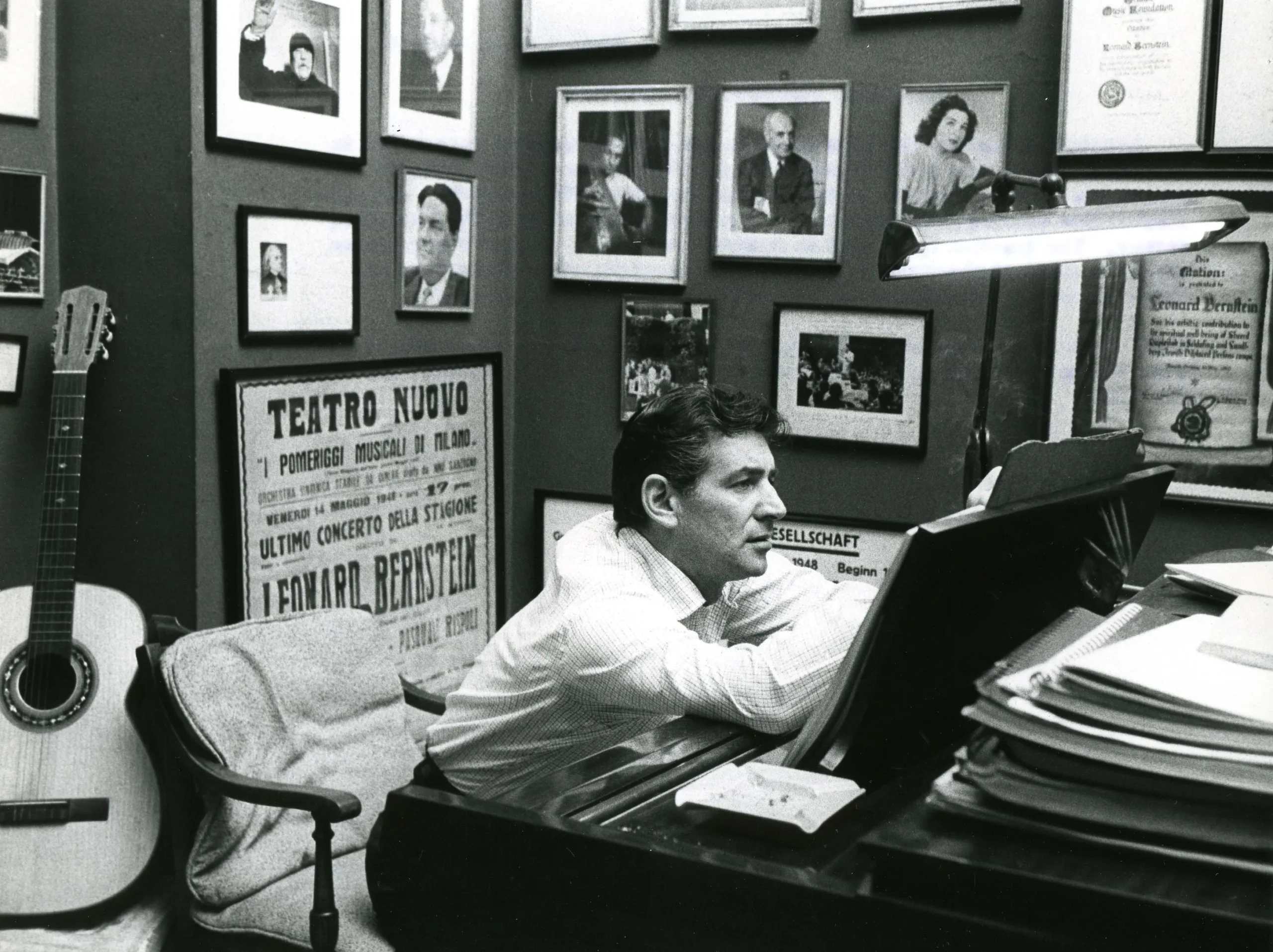Cultural Significance of Embroidery in Modern Fashion
ZDigitizing is offering a wide range of digitizing solutions to meet the needs of businesses and individuals alike. With expertise in logo digitizing.

Embroidery has long been a cornerstone of textile art, bridging history, culture, and craftsmanship. From ancient civilizations to contemporary fashion runways, embroidery remains a powerful medium of storytelling and identity. In modern fashion, embroidery is not just about aesthetics; it represents heritage, craftsmanship, and cultural narratives.
With advancements in embroidery digitizing, designers can now blend traditional embroidery techniques with cutting-edge technology, making intricate designs more accessible. This evolution has allowed cultural embroidery styles to be reinterpreted for contemporary fashion, preserving heritage while embracing modernity.
In this blog, we explore the cultural significance of embroidery in modern fashion and how embroidery digitizing is revolutionizing this art form.
The Historical Roots of Embroidery in Fashion
Embroidery has been a significant part of various cultures for centuries, symbolizing wealth, status, and identity. Different regions developed distinct embroidery techniques that reflected their history, traditions, and craftsmanship.
1. Chinese Embroidery (Suzhou & Han Embroidery)
China has a rich history of embroidery dating back over 2,500 years. Suzhou embroidery, known for its delicate silk threads and realistic designs, was traditionally used for royal garments. Today, these techniques are incorporated into modern fashion, bringing a sense of heritage to contemporary designs.
2. Indian Embroidery (Zardozi & Phulkari)
India is home to various embroidery styles, each unique to its region. Zardozi embroidery, using gold and silver threads, was once reserved for royalty but is now widely used in bridal and haute couture fashion. Phulkari, a colorful embroidery style from Punjab, is often seen in modern ethnic wear.
3. Middle Eastern Embroidery (Tatreez & Persian Embroidery)
Tatreez embroidery, an intricate Palestinian tradition, has been a symbol of resilience and identity. In modern fashion, Tatreez patterns are being used in streetwear and high-fashion collections. Persian embroidery, known for its floral motifs, continues to influence global design trends.
4. European Embroidery (Lace & Crewel Work)
Europe has a rich embroidery tradition, with lace embroidery from France and England influencing bridal and couture fashion. Crewel embroidery, a wool-based technique from England, is now being reimagined in modern outerwear and accessories.
These traditional techniques have shaped the global fashion industry, blending the old with the new through embroidery digitizing and innovative design approaches.
Embroidery’s Role in Modern Fashion Trends
Modern designers incorporate embroidery into their collections not just for embellishment, but to tell cultural stories and connect with their heritage. Here are some ways embroidery is shaping modern fashion:
1. High-Fashion Runways and Luxury Brands
Luxury fashion houses like Gucci, Dior, and Alexander McQueen frequently use embroidery in their collections. Whether it’s intricate floral patterns, embroidered logos, or cultural motifs, embroidery elevates high-fashion pieces with sophistication.
2. Streetwear and Urban Fashion
Streetwear brands have adopted embroidery to add unique detailing to hoodies, jackets, and caps. Brands like Off-White and Supreme use embroidery digitizing to create intricate logo designs, adding depth and exclusivity to their collections.
3. Sustainable and Ethical Fashion
With the rise of sustainable fashion, hand embroidery is making a comeback. Slow fashion brands emphasize craftsmanship, and many use traditional embroidery techniques to create one-of-a-kind pieces. Embroidery digitizing also contributes to sustainability by reducing fabric waste through precise stitching.
4. Embroidered Accessories and Footwear
Embroidered shoes, bags, and scarves are gaining popularity as statement pieces. Brands like Adidas and Nike have introduced embroidered sneakers, combining heritage techniques with modern footwear trends.
5. Custom and Personalized Embroidery
Personalized embroidery has become a major trend, especially in bridal wear, monogrammed accessories, and corporate apparel. With embroidery digitizing, individuals can create custom designs that reflect their personal style or cultural heritage.
How Embroidery Digitizing Is Transforming Cultural Embroidery
Embroidery digitizing has played a crucial role in preserving and modernizing cultural embroidery. This process converts traditional embroidery patterns into digital formats that embroidery machines can stitch with precision. Here’s how it’s making a difference:
1. Preserving Cultural Designs
Digitization allows historical embroidery patterns to be stored, replicated, and adapted for modern use. This ensures that cultural embroidery techniques are not lost over time.
2. Enhancing Design Accuracy
Traditional hand embroidery is time-consuming and can lead to inconsistencies. Embroidery digitizing ensures every stitch is placed accurately, maintaining the integrity of the design.
3. Increasing Accessibility
By digitizing embroidery patterns, designers and manufacturers can mass-produce embroidered fashion items while retaining cultural authenticity. This has made embroidered clothing more accessible to global consumers.
4. Supporting Artisans and Designers
Many embroidery digitizing companies collaborate with artisans, allowing them to translate hand-drawn designs into machine-embroidered products. This fusion of tradition and technology helps artisans expand their reach.
Cultural Embroidery in Contemporary Fashion: Success Stories
1. Dior’s Collaboration with Indian Embroiderers
Luxury brand Dior worked with Indian artisans to incorporate traditional embroidery techniques into their collections, blending cultural craftsmanship with haute couture.
2. Palestinian Tatreez in Global Fashion
Tatreez embroidery has gained international recognition, with designers incorporating it into modern dresses, jackets, and accessories to promote cultural heritage.
3. Gucci’s Embroidered Denim Revival
Gucci’s embroidered denim jackets feature intricate floral patterns inspired by European folk embroidery, reviving traditional craftsmanship in contemporary fashion.
These examples highlight how embroidery digitizing is bridging the gap between cultural heritage and modern fashion.
Conclusion
Embroidery continues to be a powerful medium in modern fashion, bridging history, culture, and innovation. From high-fashion runways to streetwear and sustainable fashion, embroidery plays a key role in storytelling and preserving heritage.
The rise of embroidery digitizing has further revolutionized this art form, making cultural embroidery more accessible and ensuring its legacy continues in contemporary fashion. As more designers embrace embroidered details, we can expect to see even greater appreciation for this timeless craft in the years to come.
FAQs About Cultural Embroidery in Modern Fashion
1. Why is embroidery important in fashion?
Embroidery adds depth, texture, and cultural significance to fashion. It enhances the visual appeal of garments while preserving traditional craftsmanship.
2. How has embroidery evolved with modern technology?
With embroidery digitizing, traditional designs can be converted into machine-readable formats, making embroidery faster, more precise, and scalable for mass production.
3. What are the most popular embroidery styles in modern fashion?
Popular styles include Chinese silk embroidery, Indian Zardozi, Palestinian Tatreez, European lacework, and contemporary embroidered streetwear.
4. How does embroidery digitizing help preserve cultural heritage?
It ensures that traditional embroidery patterns are digitally stored and can be reproduced accurately, keeping cultural techniques alive for future generations.
5. Can embroidery be sustainable?
Yes! Many sustainable brands use hand embroidery or embroidery digitizing to create precise, waste-free designs, reducing fabric waste and promoting ethical fashion.
6. How can I incorporate cultural embroidery into my wardrobe?
Look for brands that collaborate with artisans, opt for embroidered accessories, or explore custom embroidery options that reflect your heritage or personal style.
What's Your Reaction?




















